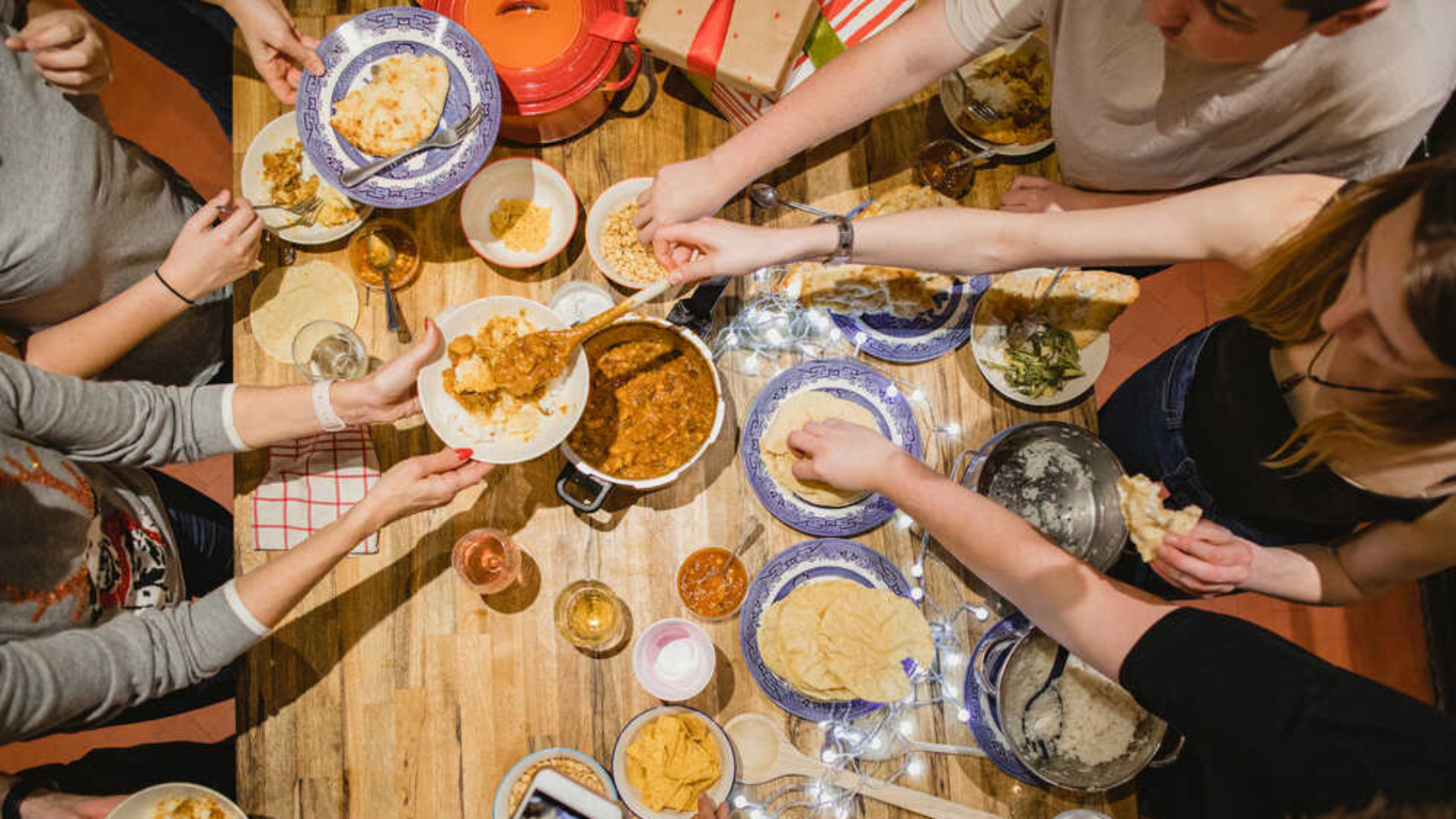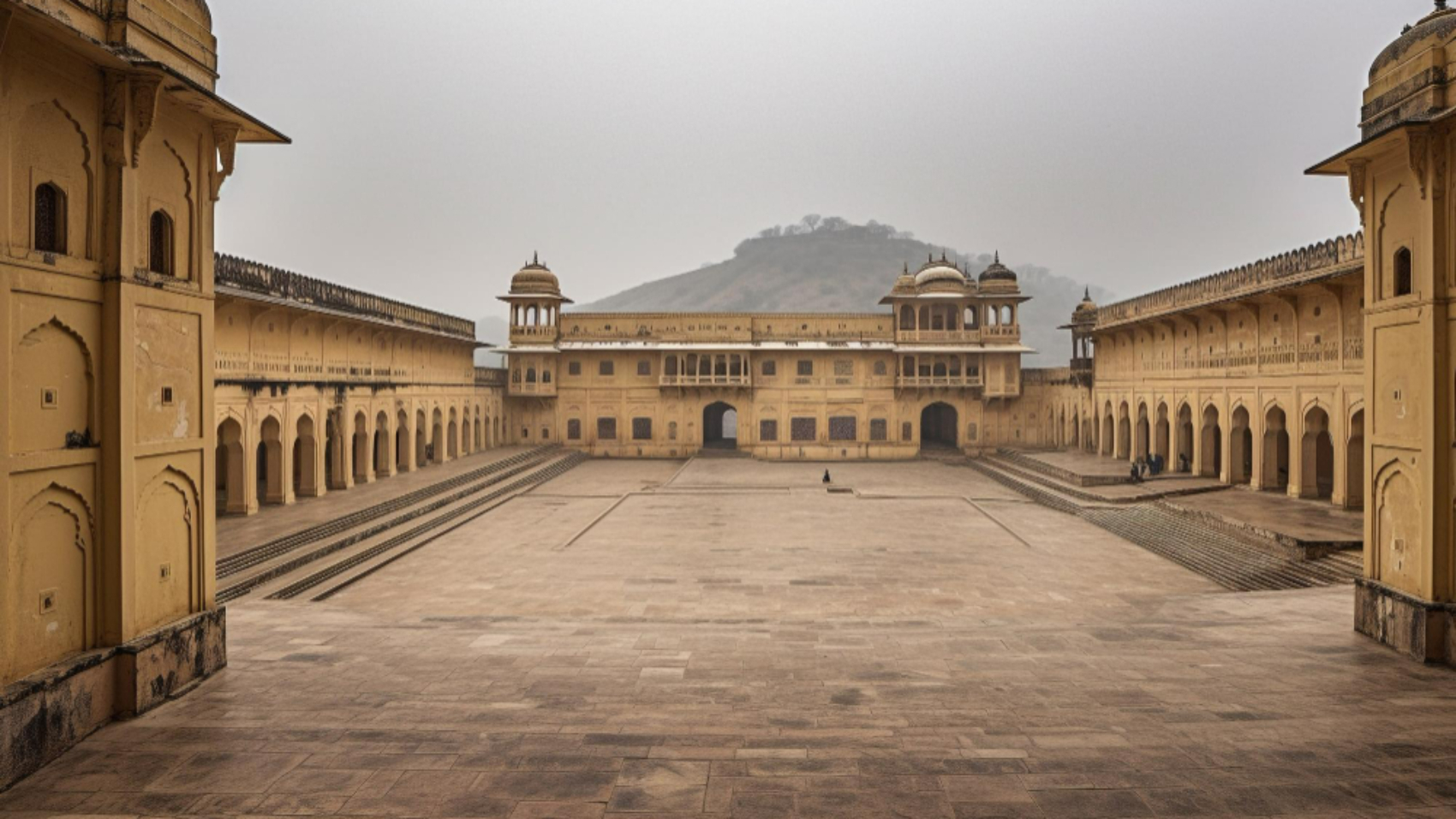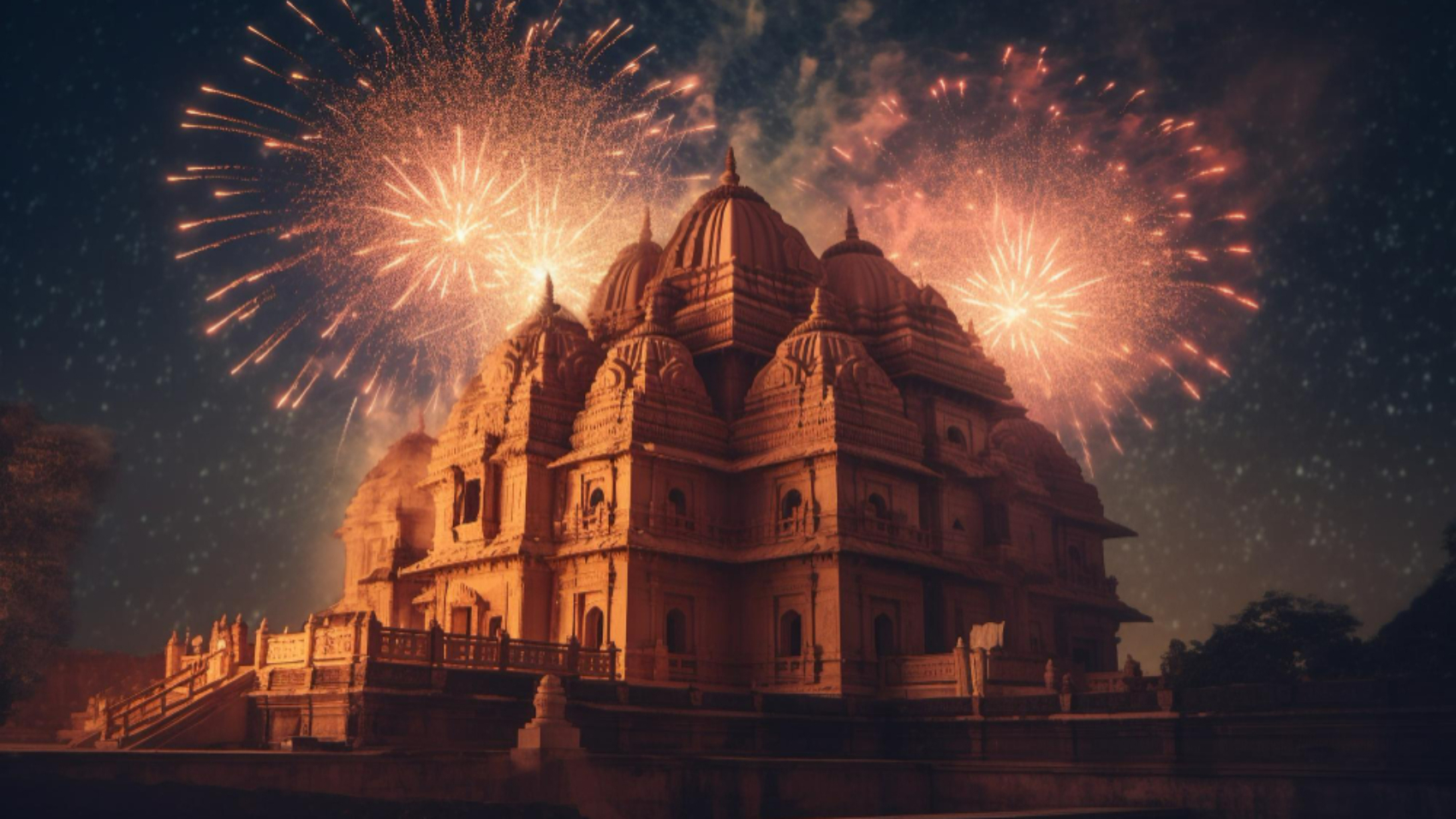India houses numerous luxurious hotels, palaces, cruises and even trains that offer a regal experience to each traveller. Once known solely for its sightseeing options, the country has since evolved excellently over a period of time to include breathtaking scenery, stunning locations and astonishing cultural stories across its length and breadth.
With these exquisite experiences, you can witness India like never before, and this journey promises an unforgettable adventure for every wayfarer.
The following list of luxurious experiences is the most popular among tourists visiting the country. Endowed with the best services to pamper you while you stay here, you must indulge in these luxurious tours at least once in your life to get a taste of what it feels like to experience the royal side of India.
So, let’s dive into the most opulent experiences while travelling in India.
1. Ride on the luxury trains of India.
India has highly acclaimed and well-loved luxury trains that run across the country, touring passengers through picturesque cities and villages. These trains, namely, Maharajas’ Express, Royal Rajasthan on Wheels, Deccan Oddysey, Palace on Wheels and Golden Chariot have lavish interiors with world-class facilities and highly trained staff.
Plying at different times of the year, these trains offer exotic journeys, including a visit to some of the most popular destinations like Alwar, Bikaner, Jodhpur, Jaisalmer, Udaipur, Chittorgarh, Khajuraho and Varanasi.
They have also been listed as the world’s top 25 trains by the Society of International Railway Travellers.
With world-class restaurants and majestic dining facilities on board these trains, they offer an assortment of the most delicious cuisines and breathtaking ambience, all designed to make your journey experience unforgettable.
Far from the chaos and bustle of conventional travel, journeying through these trains is one of the most luxurious experiences one can get while touring India.
2. The Oberoi Udaivillas- Floating palace of Udaipur.
A terrific palace with outstanding facilities, impeccable hospitality, modern contemporary comforts and stunning views of the lake, the Oberoi Udaivillas is a must-visit destination to experience the most opulent stay when travelling to India.
Built in 1746 by Maharana Jagat Singh II, this palace presents a perfect blend of modern luxuries and the old-world grandeur of princely authority. The palace also has amazing interiors with reflection pools and a blend of ornate and intricate carvings reflecting the ingenuity of the highest degree.
If you are seeking a romantic getaway in India, look no further than this beautiful palace, which is situated in the middle of Lake Pichola and surrounded by breathtaking views. The amazing dining venues available in this palace serve sumptuous regional Rajasthani delicacies as well as international cuisines.
3. Houseboat tour to explore the backwaters of Kerala.
Kerala is blessed with the most natural aquatic beauty in the country. A houseboat experience to explore the backwaters of Kerala is one of the most relaxing yet luxurious experiences one can indulge in.
Sailing through the amazing lush greenery surrounding the backwaters and soaking in the cool, refreshing ambience, this houseboat tour calls in for the most exclusive sojourn experience in India.
Locally known as Kettuvallam, these houseboats are made from wood and well equipped with the modern amenities of a typical hotel room, offering amazing comfort and convenience amidst luxury.
4. Private Yacht ride in Goa.
One of the most exciting experiences in India is the private yacht celebration and sailing that takes place in Goa. Yachts are spacious and their rides have a distinct exclusivity about them that offers a truly unique and exceptional luxury experience.
Touring through the beautiful views and enjoying the cool, serene blue waters of Goa, the yacht ride lets you discover a different aspect of Goa that you may never have seen before.
If you choose to visit Goa between October and December, the yacht ride experience can be one of the most exciting and unforgettable adventures with your loved ones or social circle.
5. Umaid Bhavan Palace Jodhpur.
Recognized for being one of the largest royal residences in the world, the Umaid Bhavan Palace in Jodhpur is an architectural masterpiece. Made out of yellow stone sandstone, the incredible interiors reflect the gallantry and romance that Jodhpur is famously known for.
Combined with the highest degree of professionalism by impeccable staff, a staycation experience at this majestic palace can turn into an unforgettable memory that will be inscribed in your heart forever.
From impressive views of the gardens and the spectacular Mehrangarh Fort to the uniquely themed cuisine, this palace basks richly in sheer luxury and opulence.
A visit to the remarkable Umaid Bhavan palace is bound to spoil you for life and give you a one-of-a-kind luxurious experience that you would have never had before in India.
Intrigued by the diverse options for luxurious experiences in India? We bet you are. So, which destination would you choose first to begin your journey for an unforgettable luxurious experience and to discover India in ways you have never seen before?If you find it confusing, no worries. Our travel expert guide is here to assist you in charting out your ideal itinerary for a luxurious travel experience in India and making memories that could be cherished for your entire lifetime.




